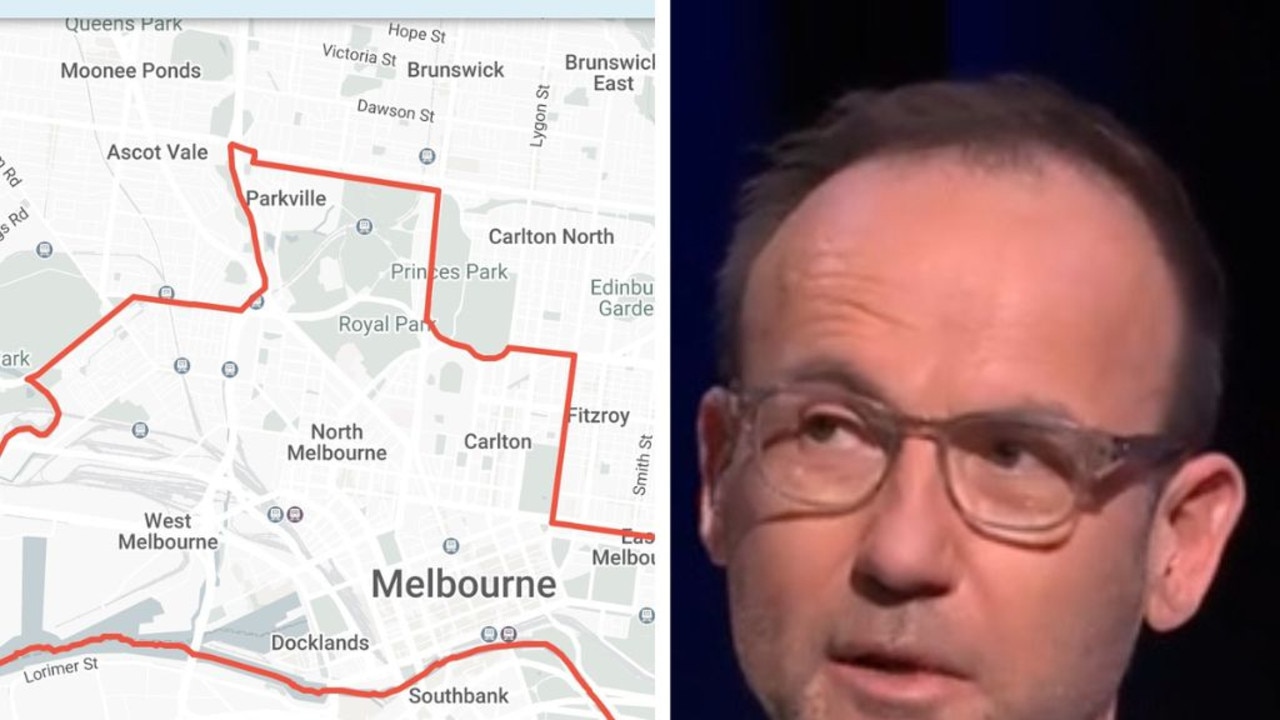Blue collar backlash: Disaster poll shows tradies abandoning Anthony Albanese
Blue-collar Australia is abandoning Albanese as support for the Coalition surges in a bombshell post-Voice referendum poll.
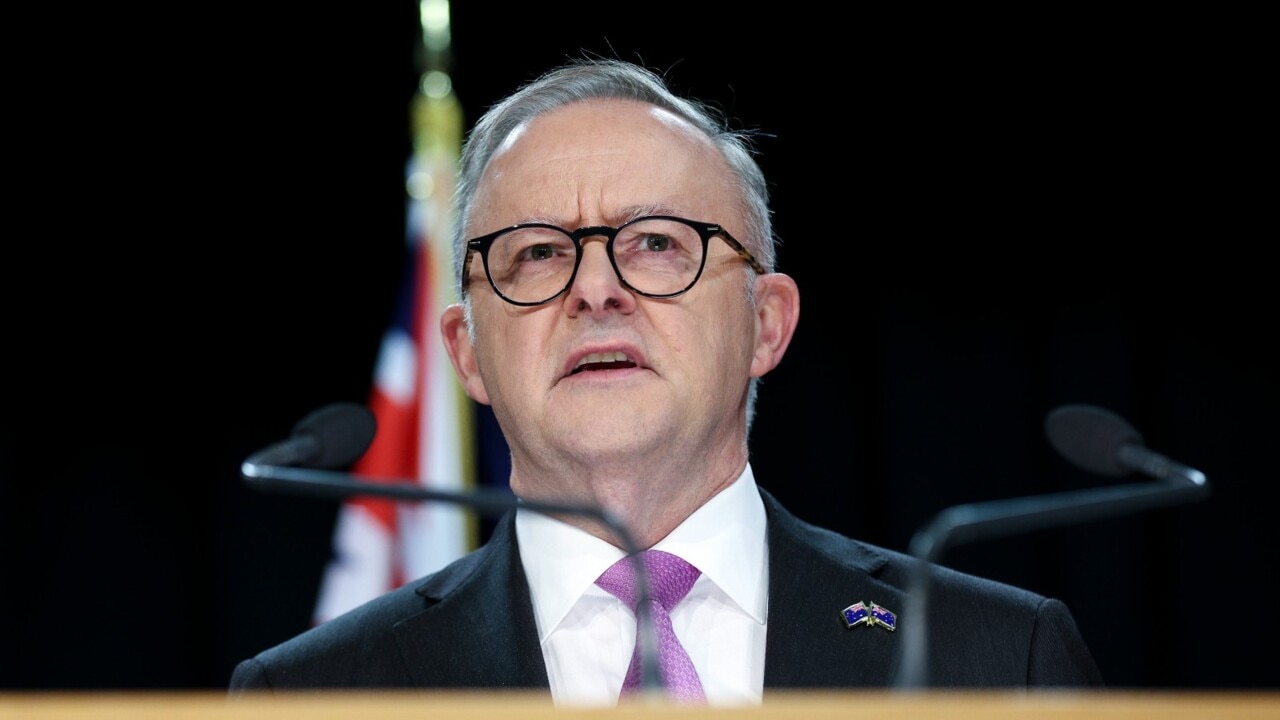
Blue-collar Australia is abandoning the Albanese government in a significant political shift, with growing support for the Coalition following the recent Voice referendum, as reported by The Daily Telegraph.
The source of this shift is primarily among tradespeople and Australians with vocational and TAFE educations, as revealed by the latest RedBridge poll, raising concerns for the Labor Party as they face a declining primary vote and a changing political landscape.
The RedBridge poll, commissioned by the masthead and conducted between October 25 and November 2, uncovered a concerning trend for the Labor Party.
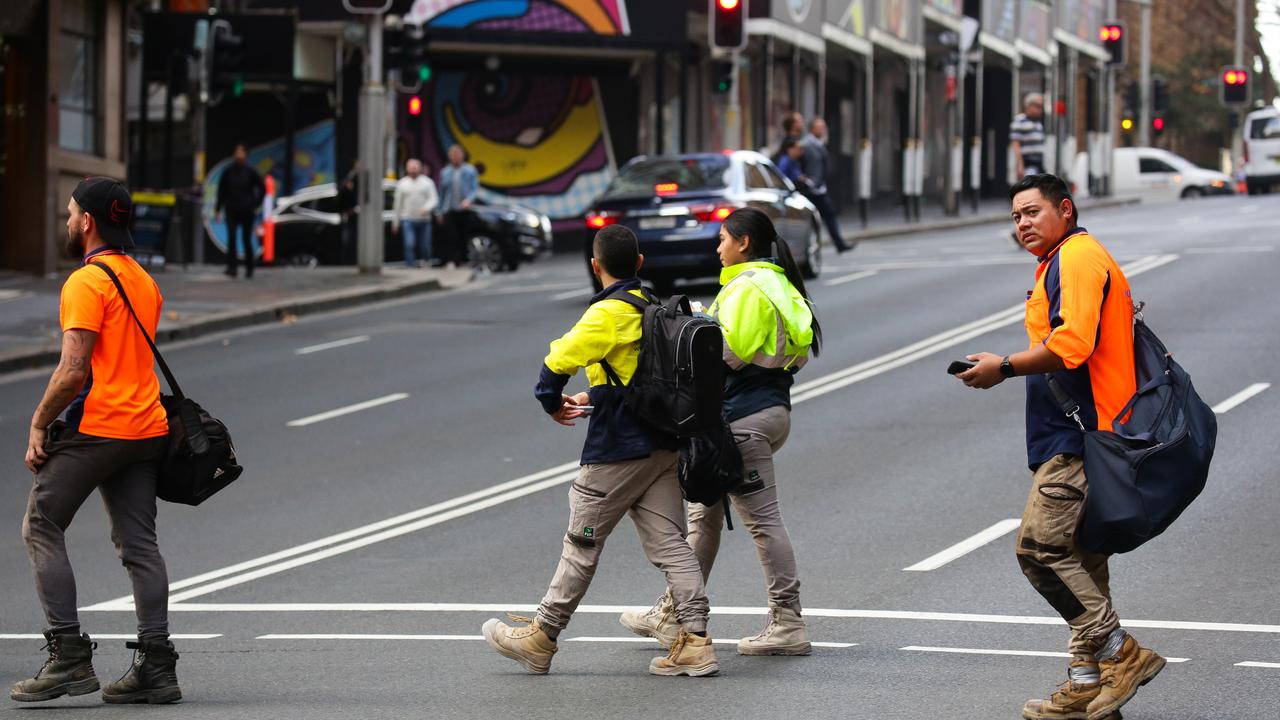
It showed that Labor’s primary vote has dropped by 4 per cent since August, reflecting a noticeable shift in voter sentiment, especially among working-class Australians.
This change could be attributed to the impact of the Voice referendum, which Mr Albanese lost with just 39 per cent of voters opting for the change.
In August, Labor held a 39 per cent to 28 per cent lead over the Coalition among voters with Year 12 or equivalent education.
However, the most significant shift in voter sentiment occurred among those with TAFE, trade, or vocational education.
In August, Labor was ahead of the Coalition by 36 per cent to 29 per cent on primary votes among this demographic.
But in the latest poll, support for the major parties has dramatically flipped, with the Coalition now leading Labor on primaries among both of these education categories.
Among voters with a Year 12 or equivalent education, the Coalition now leads Labor 37 per cent to 28 per cent on primaries.
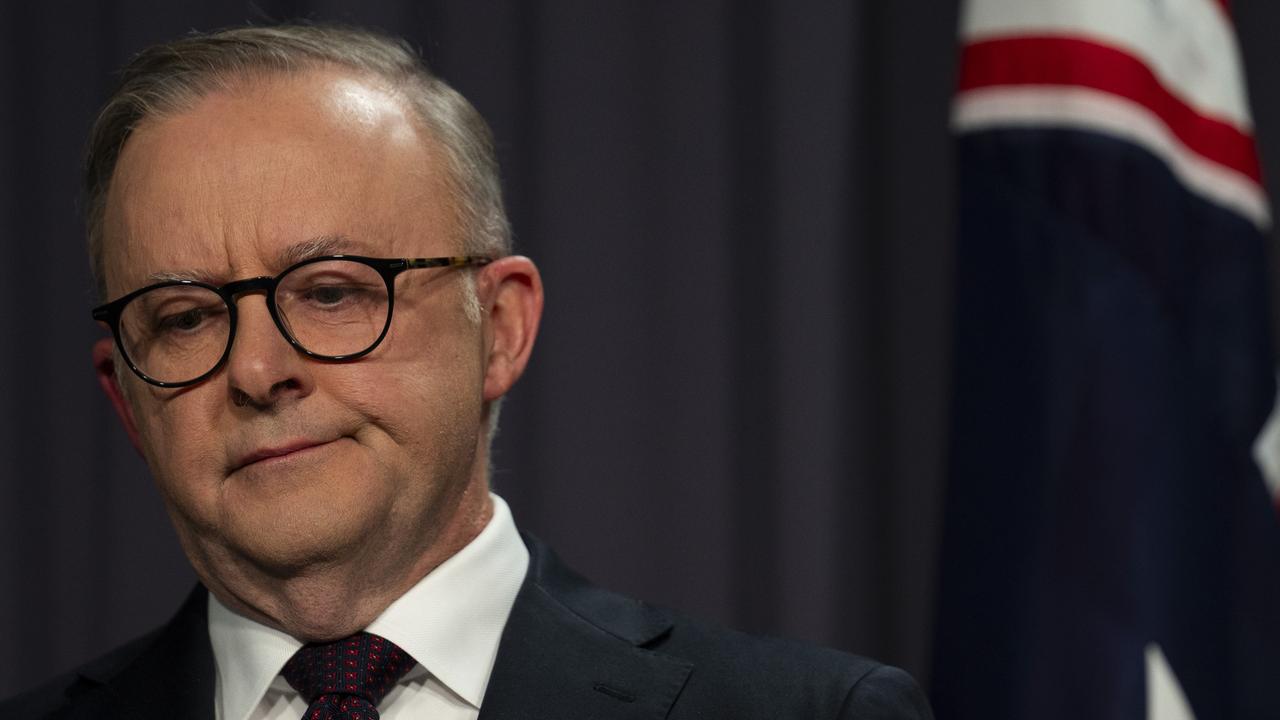
For TAFE, trade, or vocationally educated voters, the Coalition has a lead of 35 per cent to 33 per cent.
In contrast, Labor’s primary vote has slightly improved among Australians with university degrees, rising from 40 per cent to 41 per cent since the referendum.
The Coalition’s share of the tertiary-educated population, however, has fallen from 34 per cent to 31 per cent.
The Voice referendum seems to have triggered a collapse in Labor’s primary vote among people aged 35 to 49.
In October, Labor’s primary vote among this age group was at 41 per cent, while the Coalition stood at 26 per cent.
However, in the latest poll, the two were neck-and-neck with 32 per cent each.
On a two-party preferred basis, the government leads the opposition by 53.5 per cent to 46.5 per cent, representing a slight dip from the 55.6 per cent to 44.4 per cent lead that Labor held in August.
RedBridge director Tony Barry provided insight into the changing political landscape, telling The Daily Telegraph, “The honeymoon is over for Anthony Albanese, and he’s now sleeping on the couch.”
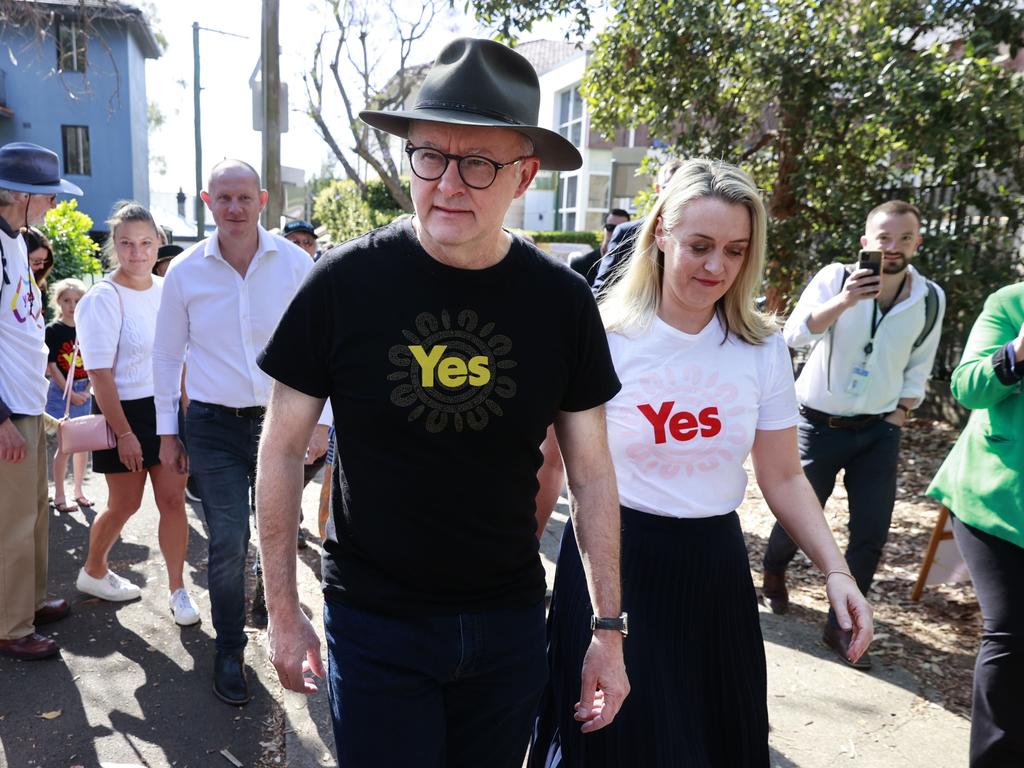
He also noted that only 30 per cent of voters believe that the Coalition, under Peter Dutton, is ready for government, while 50 per cent think it is unprepared. These findings highlight the evolving political dynamics and challenges ahead for the Albanese government as they strive to regain lost ground.
Less than 90 minutes after polling booths closed on October 19, it was clear that the Voice referendum had been defeated.
The ACT had a Yes result at 7pm AEDT, but soon after that, the other states voted No.
Tasmania declared its No result at 7.04pm, followed by NSW at 7.09pm.
South Australia became a No state at 7.26pm, and since more than half of the six states needed for the referendum to pass voted No, the Voice was defeated.
In a Roy Morgan poll conducted in the week following the nationwide referendum, the Coalition surged ahead in the two-party preferred support, now leading with 50.5 per cent compared to the Labor’s 49.5 per cent, which dropped by 4.5 per cent.
It marked the first time the Coalition has taken the lead on this basis since the previous year’s Federal Election.
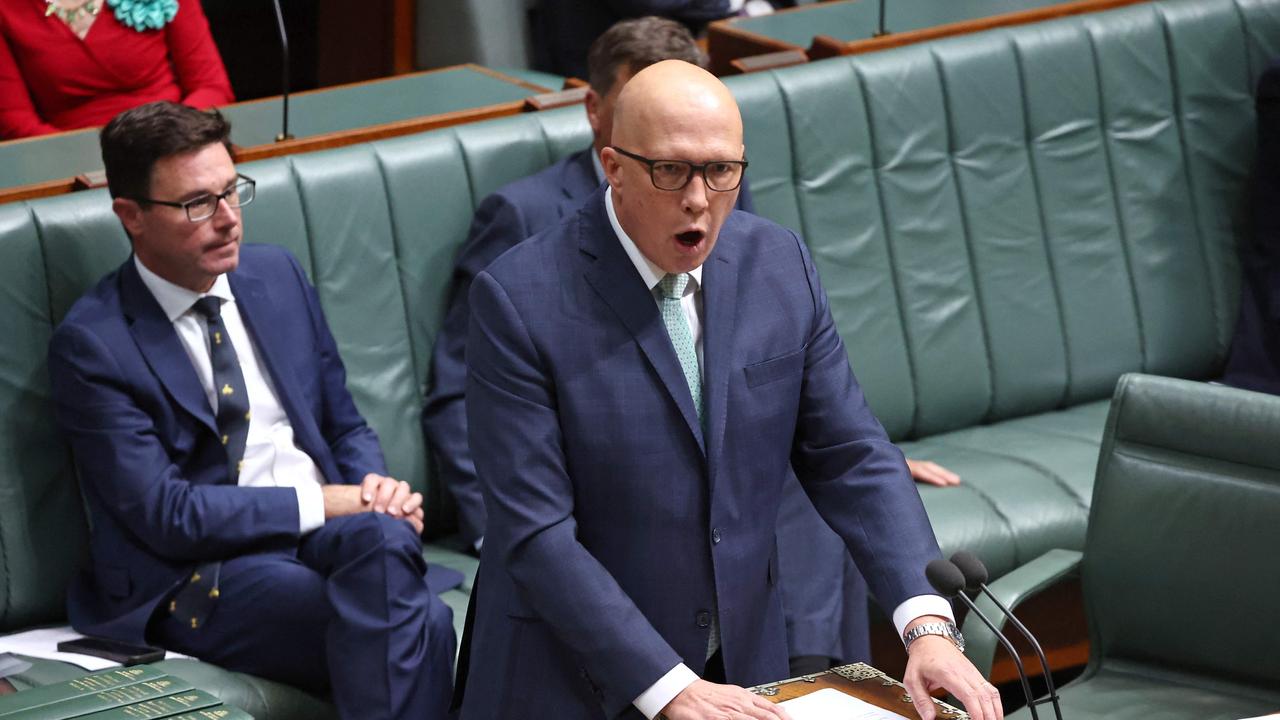
Primary support for Labor also saw a decline of 3 per cent, now standing at 32 per cent, while the Coalition’s support increased by 2 per cent to reach 36 per cent. Notably, a significant portion of electors, 32 per cent, opted for other parties or independent candidates, including the Greens at 14 per cent, One Nation at 4.5 per cent, Independents at 8.5 per cent, and Other Parties at 5 per cent.
The Roy Morgan Government Confidence Rating experienced a notable dip of 4.5 points, falling to a level of 78, significantly below the neutral score of 100.
The survey results indicate that a majority of 53.5 per cent of electors believe the country is “heading in the wrong direction,” while less than a third, 31.5 per cent, believe the nation is “heading in the right direction.”
These findings are based on a survey of 1,383 Australian electors conducted between Monday, October 16 and October 22 2023, signalling a significant shift in support and government confidence level.



